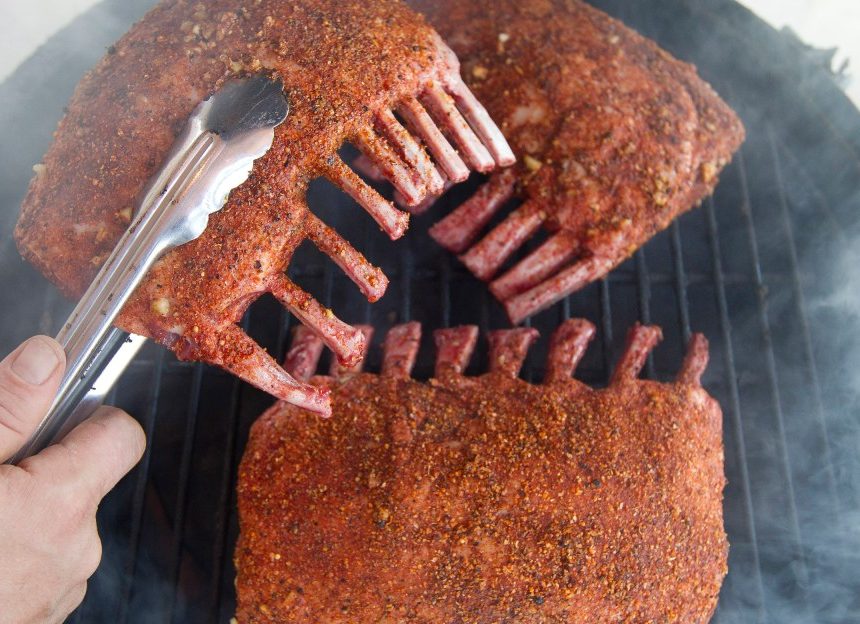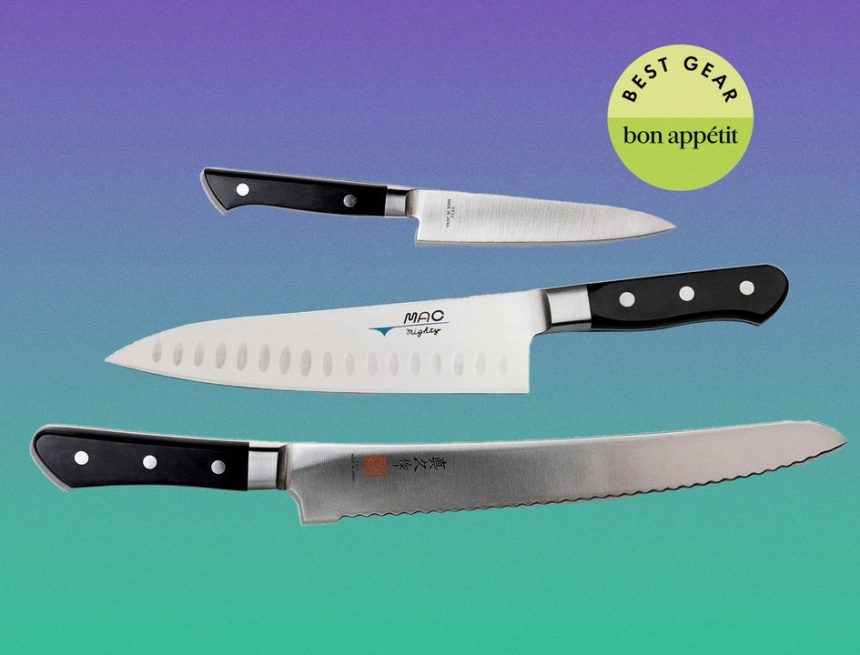Francesca Krempa
What to look for in a milk frother
Both Arostegui and Biolsi agree that nothing beats a traditional steam wand for getting Instagram-worthy foam—the control and precision they allow for is unmatched. That said, they’re not the most realistic for at-home coffee drinkers. “That’s where automatic frothers shine,” says Arostegui. “They’re quick, consistent, and you don’t need barista training to get a great result.”
If you want to find your perfect frother, consider the following:
As Arostegui mentions above, temperature control is one of the biggest features to look out for when shopping for a milk frother. That’s why the Breville wins; the dial allows you to customize your temp anywhere between 120°–160° (although pros say 140° is the sweet spot). Most milk frothers provide automatic settings that do the guesswork for you, heating your milk to what the brand has determined is the “perfect” temperature. This can be a good quick fix, but if you’re serious about your espresso, you may want something more bespoke. And remember:
“No matter the milk, starting with it cold and not overheating is the secret to smooth, balanced foam,” says Arostegui. “Once milk goes past about 150°, it scalds, and you lose that beautiful sweetness, it ends up tasting flat or burnt,” she adds.
Some devices are great for whipping up a cup or two at a time. Other carafes can make larger pitchers of drinks—it all depends on your needs. Keep an eye on your pours, though—don’t overfill the pitcher. “Milk expands as it froths, so you need to leave enough space for it to move,” says Arostegui. Most of the milk frothers on this list have minimum and maximum fill lines marked on the carafes, so heed them wisely.
Some machines keep it simple with just one or two buttons—hot or cold, foam or plain milk—while others offer multiple modes for foam density, temperature, or milk type. If you like experimenting, having options for dense versus airy foam or alt-milk-specific programs can be a game-changer. On the other hand, simpler machines are great if you just want quick, consistent results without fussing over every detail. Pay attention to what a frother lets you adjust.
Other milk frothers we tested
Delonghi LatteMix
The DeLonghi LatteMix looks gorgeous on the counter—sleek and modern—but performance didn’t quite match the price tag. It froths decently for a single drink, but the foam can be inconsistent, especially with plant-based milks. I enjoyed the intuitive operation; there are three programs for hot foam, cold foam, and hot milk. Unfortunately, the results were lackluster compared to other models. For $180, I don’t want foam that’s decent—I want foam that rivals my local coffee shop, which I struggled to get with this device.
Nespresso Aeroccino 4
I had such high hopes for this charmingly beautiful pitcher. It looks like something you’d find in a hidden Italian café. But the Nespresso Aeroccino 4 struggled to give me those dreamy clouds of foam, especially with oat milk. It has four presets to choose from: two types of hot milk (airy or dense), one for hot milk, and one for cold milk froth. The hot milk was steamy and sweet, but the foam (both hot and cold) lacked stability and collapsed quickly.
Philips Baristina Frother
The Philips Baristina is functional and gets the job done if all you want is a quick froth, but nothing about it blew me away. The slender, fluted carafe comes in either black or white with a magnetic whisk. There’s a single button to control your temperature and speed that you hold to change settings, depending on whether you want hot or cold foam. The microfoam results were fine, but I couldn’t get it to whip anything thick or structures. I do like how compact it is. Like the Smeg, it fits easily on countertops, next to coffee makers, or stashed away in cabinets.
Zulay Kitchen Handheld Milk Frother
Zulay’s handheld frother is honestly a steal for under $10. It gets the milk moving fast and produces a decent froth, making it perfect for small batches of coffee, hot chocolate, or even protein shakes. This battery-powered milk frother is lightweight, portable, and surprisingly durable. That said, it didn’t give me as much control as Maestri House’s model. The frothing head is smaller, so it takes a little longer for larger volumes, and the foam isn’t as fine or velvety. It’s a solid budget option, but don’t expect it to perform like a higher-end handheld or a full-size frother.
Subliminal Handheld Nanofoamer V2
Like the brand’s carafe-style frother, Subliminal’s NanoFoamer V2 is a dream for anyone who wants to practice latte art at home. It produces soft, drizzly microfoam with impressive precision, making it ideal for hearts, rosettas, or abstract designs. The frother is small, portable, rechargeable, and comes with two heads, so you can customize your froth levels depending on your preferences. On the flip side, this frother isn’t built for large, puffy cappuccino clouds. It also takes some getting used to to get the results you want. If you just want effortless, everyday foam, this isn’t the frother for you—but for hobbyists and latte-art enthusiasts, it’s a fantastic gadget.
Frequently asked questions (FAQs)
Which is better: handheld frothers or automatic machines?
Both are good for different results. “Handheld frothers allow slightly less control, but still offer some variation,” says Biolsi. “Automatic machines are great for consistency but typically offer limited adjustment ability outside of the preset settings.”
She explains this is why most professional baristas rely on steam wands, which allow total control over milk temperature, aeration, and texture. Some espresso machines have these built-in, but if they don’t, a milk frother can get the job done. You’ll just have to weigh the pros and cons of handheld vs. automatic for yourself.
How does the type of milk affect the foam?
Biolsi explains that it comes down to the fat content in your dairy, which is necessary to provide even foam content, texture, and stability. That’s not to say you can’t get marshmallow-levels of fluffy foam from almond milk—it’s just easier to get it from whipping cream or whole milk.
“Whole milk is usually going to be the easiest to froth. Alternative milks such as oat, almond, and soy will typically have oils added to make up for the lack of natural fats to try and mimic the fat content of dairy milks for better frothing,” she says.
How do I know what type of foam to make?
It all depends on what drinks you’re trying to make! Biolsi shares that some drinks, like lattes, are best enjoyed with liquidy microfoam poured over a double shot of espresso. Other drinks, like cappuccinos, use 4 to 6 oz of milk, steamed or frothed to create dense puffs of foam poured over a double shot of espresso. There is no “better” type of foam—it comes down to your personal preference and drink of choice.







